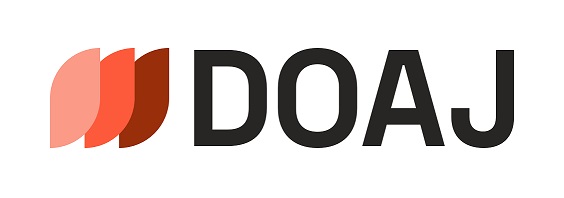The "Art" and the "Market" Elements of the Art Market: John Linnell, William Agnew and Artist-Dealer Relationships in Nineteenth-Century Britain
DOI:
https://doi.org/10.23690/jams.v2i4.40Keywords:
Aesthetics, Entrepreneurship, British Painting, Art Dealers, John Linnell, William Agnew, Robert JensenAbstract
In this essay I propose some general observations and guidelines to explore afresh the nexus between the art market and artistic production. To do so, I investigate these issues within the historical frame of nineteenth century Britain, a time when contemporary national painting enjoyed great success: it commanded high figures, critical acclaim and collectors’ attention. In such a buoyant commercial setting, artists assumed multiple, often co-existing, strategies for the marketing of their oeuvre. Insightful scholarly investigations have been so far dedicated to artists as savvy professionals, for whom the relationship with the trade was principally experienced as a business connection. There were, however, alternative models of interaction, such as the close rapport that developed between the landscape painter John Linnell and the art dealer William Agnew. Linnell’s relationship with Agnew is identified here as a key element of Linnell’s success. Linnell and Agnew not only devised marketing tactics together, but also discussed Linnell’s artistic direction. This essay, then, presents a case study of commercial and artistic cohesion, albeit not without its own tensions, where the dealer supported, intellectually and practically, the artist’s creative output. Ultimately, this essay aims to demonstrate the many connections between the aesthetic and the commercial within the art trade, defined here as the ‘art’ and the ‘market’ elements of the art market.
Published
How to Cite
Issue
Section
License
Copyright (c) 2018 Barbara Pezzini

This work is licensed under a Creative Commons Attribution-NonCommercial 4.0 International License.
Except where otherwise noted, the Journal for Art Market Studies is licensed under the Creative Commons Attribution-Non-commercial 4.0 International license (https://creativecommons.org/licenses/by-nc/4.0/). Articles can be read and shared if attribution is given to the original source (BY) and the use is not for commercial purposes (NC).




